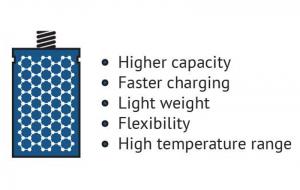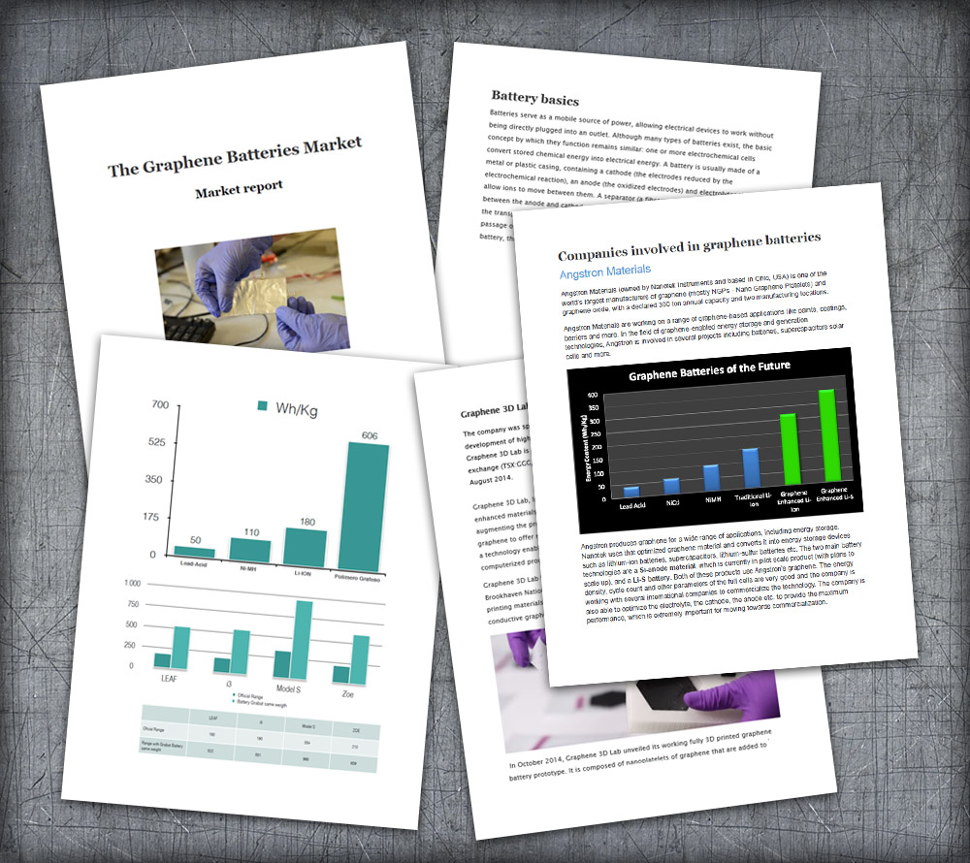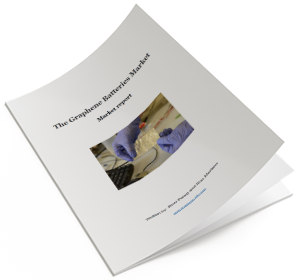Batteries have always been a highly sought-after application for graphene materials, bearing promises of expanded capacity, ultra-fast charging, improved safety of use and more.
 Early testing in labs and research institutes were very promising, but the move from lab to market proved more challenging than people expected. Even today, in 2021, graphene batteries aren't on the market yet, in any major way.
Early testing in labs and research institutes were very promising, but the move from lab to market proved more challenging than people expected. Even today, in 2021, graphene batteries aren't on the market yet, in any major way.
We do see, however, some niche adoption - for example, the use of graphene to enable novel battery casings, or extending the battery's temperature range (see Huawei's 2016 graphene battery announcement for example). But actual graphene-enhanced battery anodes or other components haven't been realized yet.
Earlier this month, we updated our Graphene Batteries Market Report, and while working on the update we realized that the pace of innovation in graphene batteries R&D seems to be increasing.
In the previous quarter alone, we started tracking four new companies that develop graphene batteries (Volexion is one such example, and so is Australia's GMG), and we added several new projects and initiatives (one example is the UK's ICE-BATT project).
While we're not seeing actual mass production of graphene-enhanced batteries yet, we're feeling more optimistic than ever that graphene batteries will be on the market soon.
Our Graphene Batteries Market Report covers many topics - graphene materials potential use in batteries, recent research activities, graphene batteries developers (we track over 35 companies) and more. Our hands-on report costs $299.99 for a single-user license and can be downloaded immediately.



